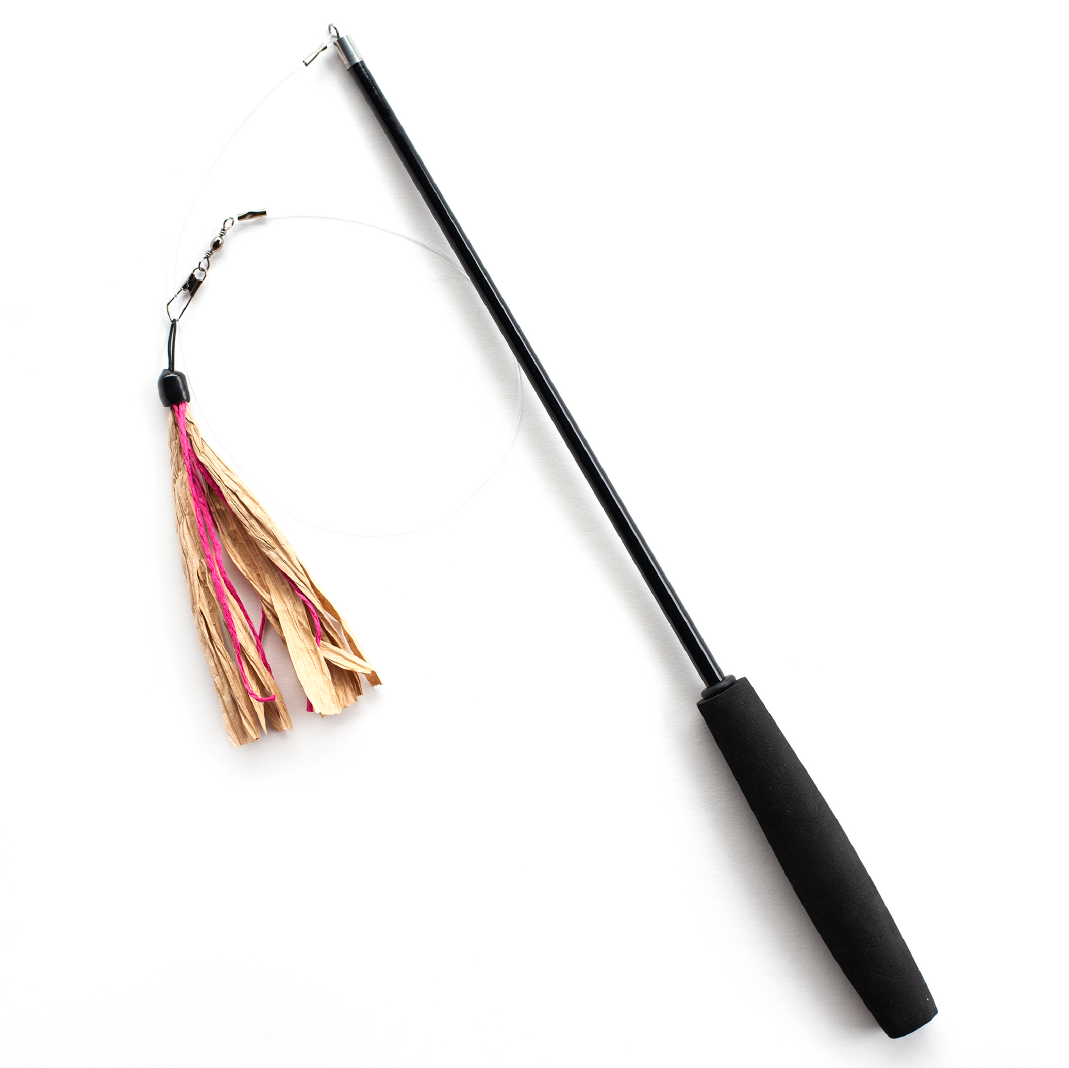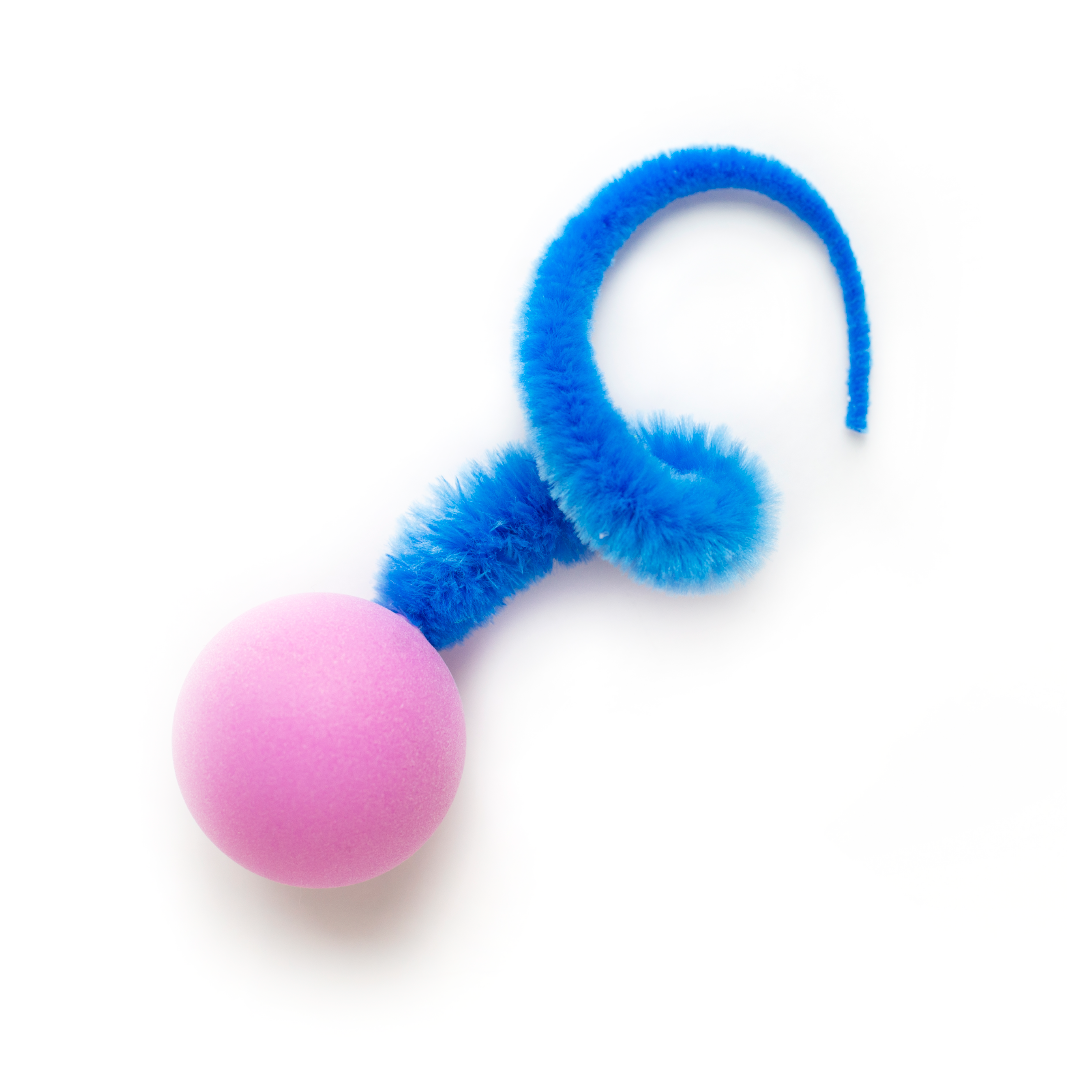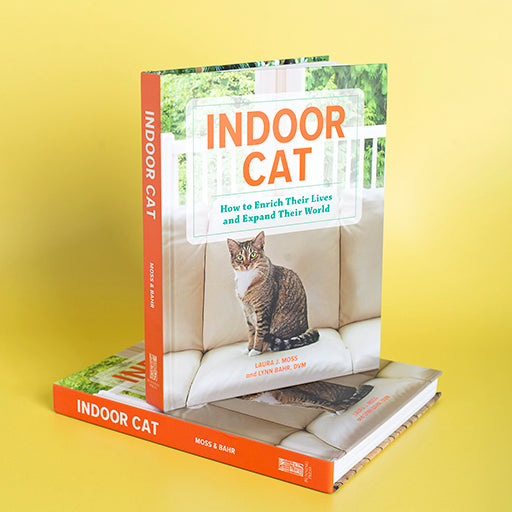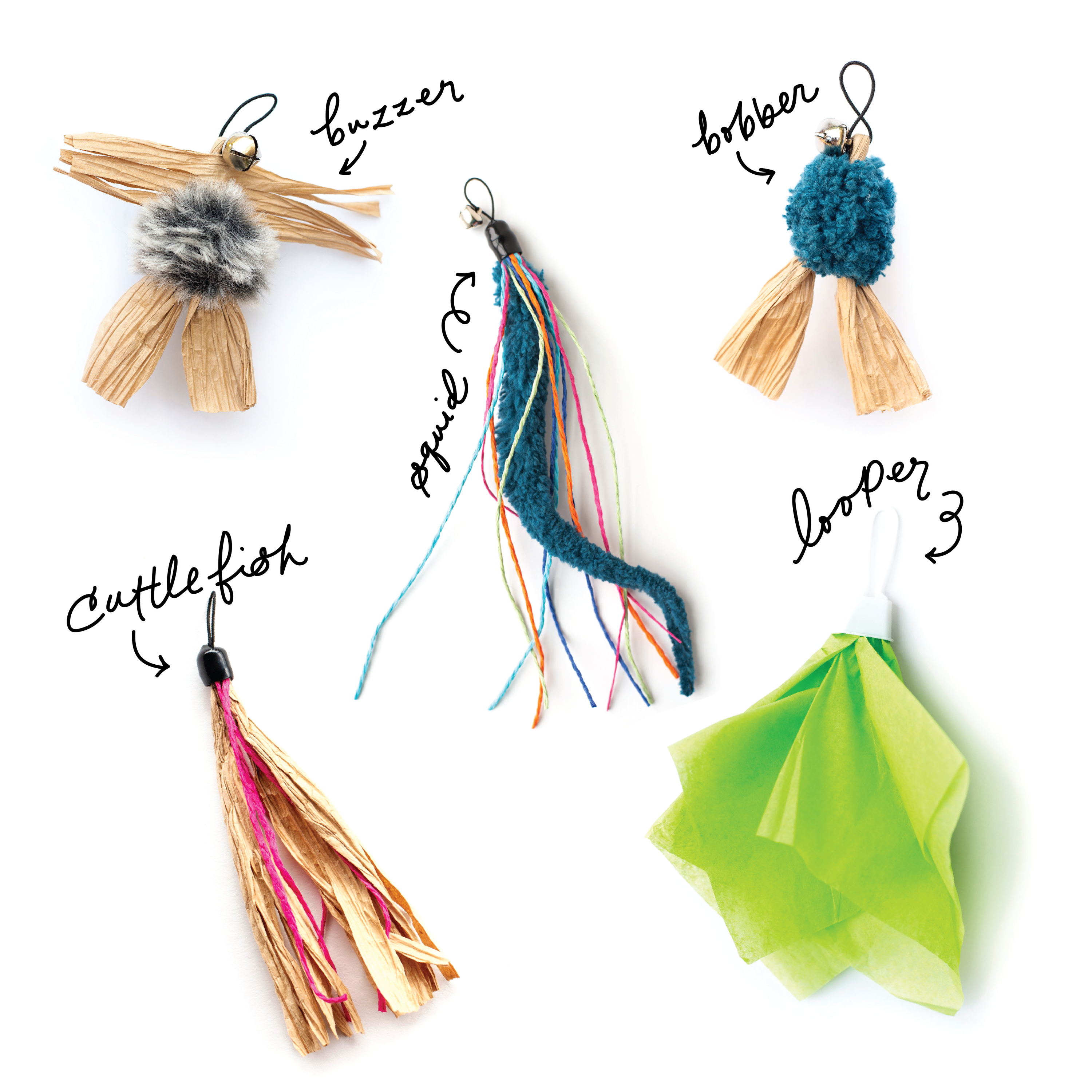Why won't my cat play anymore?
If your cat won't play, it's probably your fault. I know, this may sound a tad harsh. But time after time, I meet owners who claim their cats have no interest in play. And more often than not, the problem isn’t the cat, it’s the way his owners are interacting with him (or not) during playtime.
Cats are great thinkers, and before they spring into action, they always have a plan. They take their time to assess every situation, as both prey and predator. As cat owners, we should take some time to observe as well. That way we can adapt to our cat, instead of expecting them to play the way humans do.

Before trying to get your cat to play, have you observed your cat’s natural instincts? Is she more likely to bat at objects than chase them? Does she prefer pouncing on the ground to leaping through the air? These behaviors will have a profound impact on the way your cat will play and what kinds of pretend prey she will find most intriguing.

Here are some tips for figuring out how to play correctly with your cat.
Start slowly. If you’ve never played with your cat before, start small. Grab and retain your cat’s interest little by little. He may not spring into action right away, but don’t worry. Observation is a big part of a cat’s hunting strategy. Allow him to observe the toy as you move it around. Let him sniff it or listen to it.

Learn from your cat. Pay attention to your cat's posture, interest, and behavior and act accordingly. If your cat is wide-eyed and fixated on the toy, then he’s definitely interested. Look for any combination of these behaviors: crouched low to the ground in pre-pounce position, wide eyes, chittering or excited meowing, ears up and alert, sniffing the air.

Be the prey if you want your cat to play. Move your cat’s toys like real critters would move. Become and embody the prey's motion and replicate it. Bugs skitter or fly, snakes slither, lizards scurry jump, birds flutter, squirrels are noisy. Change it up and try to mimic different types of small prey such as birds, bugs, moles and more.

Try different toys. Because different animals move differently, they also make different sounds. If a movement doesn’t catch your cat’s eye, consider toys that make rustling noises, like our Hide and Sneak or Magic Carpet. You can place his prey underneath and he will pretend to hunt or forage beneath the “rustling leaves.”

Allow him to catch the toy. This one is probably the most important because if your cat is frustrated, he won’t want to play. Cats in the wild are successful at catching their prey about 30 percent of the time. So when you play with him, make sure he’s successful about every third try. Don’t make it too easy, but make sure you’re not just teasing your cat instead of playing. When you allow the cat to hunt and catch, you are encouraging behaviors that engage his mind and body and that will keep him interested in play for years to come.
Share:
1 comment
-
I have a cat that just turned one. I made up a game where I take the wand and throw the toy on top of her almost 6 foot tower. She will run up the tower, get the toy and bring it back down.(she made up that part herself). N9w that is the only game she wants to play. She ignores her other toys including new ones or just plays with them for less than a minute. She cries and meows if she can’t play the wand game. How can I break her of this?
Diane NICHOLS on









